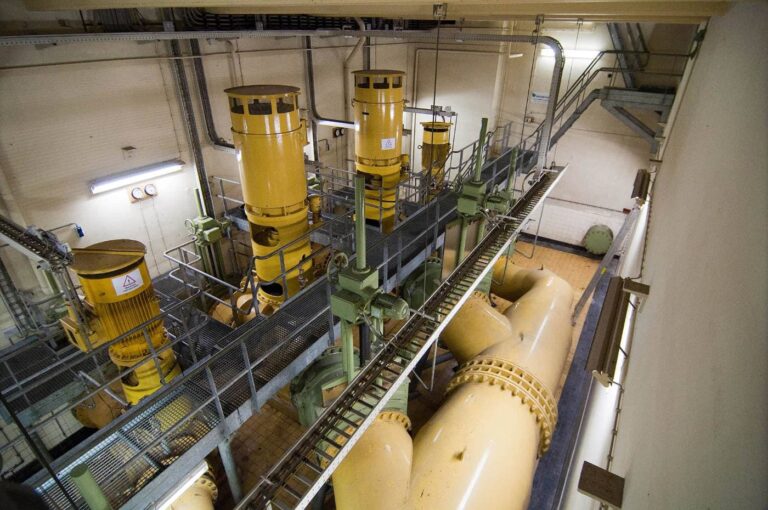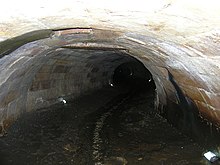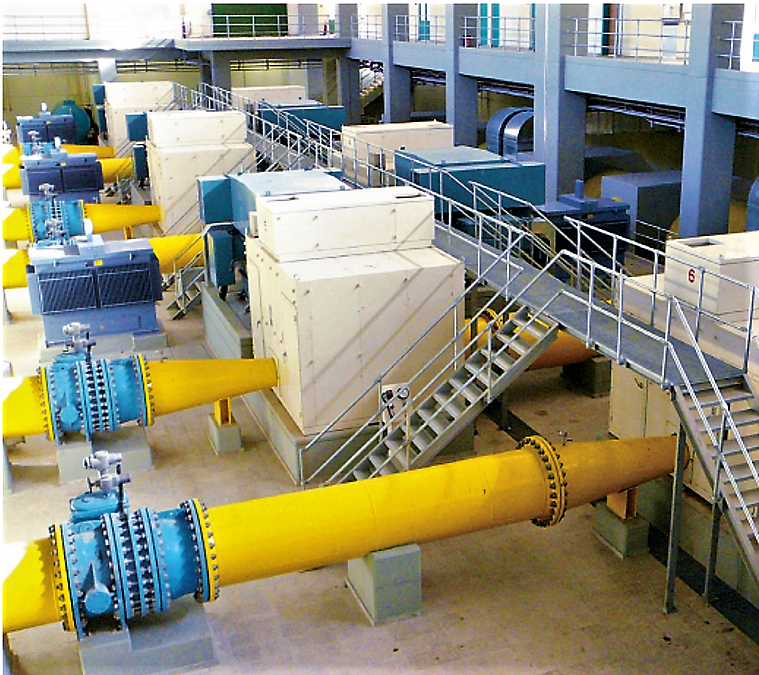Pumping Station, Drainage Line, Sump, Septic Tanks & Soak Pit Cleaning


Pumping Station, Drainage Line, Sump, Septic Tanks & Soak Pit Cleaning

Proper maintenance of drainage infrastructure is crucial to prevent blockages, contamination, and system failures. Regular cleaning of pumping stations, drainage lines, sumps, septic tanks, and soak pits ensures efficient wastewater management, reduces environmental hazards, and extends the life of the systems. This blog explores the importance of cleaning these essential components and the best practices involved.
1. Pumping Station Cleaning
Pumping stations play a vital role in wastewater management by transferring sewage and stormwater from lower to higher elevations. Over time, sludge buildup, grease accumulation, and debris can impair their efficiency
2. Drainage Line Cleaning
Drainage lines are prone to clogging due to grease, silt, solid waste, and tree root intrusion. Neglecting cleaning can lead to sewage overflows, foul odors, and structural damage.
Best Practices:
Conduct routine inspections using CCTV drain cameras.
High-pressure sewer jetting to clear blockages.
Preventive maintenance schedules to avoid emergency repairs.
Removal of invasive roots and foreign objects.
3. Sump Cleaning
Sumps collect wastewater, preventing flooding and structural damage. Over time, sludge, sand, and debris settle at the bottom, reducing storage capacity.
Best Practices:
Regular desludging using vacuum tankers.
Cleaning and disinfecting to prevent bacterial growth.
Checking for leaks, cracks, and proper drainage.
4. Septic Tank Cleaning
Septic tanks process and store wastewater from households and commercial buildings. Without periodic cleaning, sludge buildup can lead to overflows and system failure.
Best Practices:
Scheduled pumping every 1-3 years, depending on usage.
Inspection of inlet and outlet pipes for blockages.
Use of bacterial additives to maintain system efficiency.
Proper disposal of waste according to environmental regulations.
5. Soak Pit Cleaning
Soak pits allow wastewater to percolate into the soil, reducing surface water accumulation. However, over time, they can become clogged with sludge and non-biodegradable waste.
Best Practices:
Periodic excavation and removal of accumulated sludge.
Use of gravel or sand filters to improve percolation.
Avoiding disposal of non-decomposable waste into soak pits.
Conclusion
Regular cleaning of pumping stations, drainage lines, sumps, septic tanks, and soak pits is essential for maintaining hygiene, preventing environmental pollution, and ensuring the longevity of drainage systems. Professional cleaning services with modern equipment, such as high-pressure jetting and vacuum suction, provide efficient and hassle-free maintenance. Implementing these best practices will enhance wastewater management and keep systems functioning optimally.
